There is an interesting discussion regarding the history of the Dutch Arms industry from early days, through the Napoleonic Wars, the succession of Belgium in 1830 to the rise and decline of the Maastricht factories as well as the Delft/Hembrug connection and the eventual decline post WW2. It was written in Dutch so I will provide just a short synopsis of the events, which make up the colourful history of the Dutch Arms Industry.
During the early 1800’s the Dutch Arms trade was centred around the factories at Culemborg. In 1806 Napoleon disbanded the Batavian Republic and proclaimed the Kingdom of Holland under the rule of his brother, King Louis. Shortly afterwards he closed the Culemborg weapons factories. While Holland remained under French rule, weapons manufacture shifted to Liege, who for many centuries was an independent ecclesiastical principality but remained loyal to France. With the defeat of Napoleon at Waterloo, the Congress of Vienna in 1815 accepted Britain’s proposal for a strong buffer state to combat further French aggression and the Kingdom of the Netherlands was established under the rule of Willem I, uniting Holland, Belgium and parts of Luxembourg. The marriage did not last however and in 1830 Belgium declared their independence. Much political ramblings followed until Belgium finally gained formal independence with the Treaty of London in 1839. With this, Holland lost access to the Liege weapons factories, it now forming part of Belgium.
With no viable arms factories left, Holland turned their intentions to the Suhl factory of Spangenberg, although there was cooperation between Holland and Belgium again when relationships normalised in the 1840’s under William II. It was also during this time that Holland started their search for a solution to their future armament needs. It was during this period that the first steps of weapons modernisation started with the conversion from flintlock to percussion rifles. Like other military powers the most economical way was to convert existing flintlock pistols and muskets to percussion. Already in 1834 Maastricht businessman Petrus Regout petitioned the government to set up weapons factories in Maastricht. His requests were denied as he could not prove that he had any experience in weapons manufacturing. It was surprising thus that Regout was indeed appointed to lead and oversee the modernisation process. It was a complete failure, but he noted to the Dutch War Ministry in 1851 that he was the one who planted the seed for future Dutch Arms factories. That was however not the case, because just as the Dutch Government thought of abolishing the factories, another Maastricht businessman, namely Petrus Stevens set up his factory, the “Koninklijke Wapenfabriek P. Stevens” in 1849 and was fully operational in June 1850. He had been actively involved in the gun trade since 1836, mainly as supplier of gun stocks to the Dutch Military. The factory was in operation until 1880, managed by his sons, as Stevens died in 1863.
The successes by the Prussian Army with their Dreyse Needle-fire rifles served as a big wake-up call for every military power in Europe and as a result the Dutch decided in 1867 to follow the British example with the conversion of their percussion rifles to the Snider breech-loading system. This was always just a stopgap measure until such time that they could design their own small calibre breech loading rifle. The solution came via a Maastricht gunmaker, namely Edouard de Beaumont. His company, Beaumont Metaalindustie was founded in 1866 as a boilermaker and weapons foundry but also manufactured a variety of steel products like safes, cribs and hospital beds. The factory remained in operation until nearly destroyed by fire in 1971 and finally closed in 1973. The gun making side of the business came to an end in 1895 when Edouard passed away but also when the Beaumont rifle was replaced by the M95 Dutch Mannlicher. This effectively brought an end to the Maastricht gun trade.
The 11.3x51R Dutch Beaumont was adopted in 1871 as the “Model 1871 Infanterie Geweer Klein Kaliber”, or Small Calibre Infantry Rifle, Model 1871. His inspiration for the rifle came from work done at Liege, and the mechanism was a copy of a design by the Liege gunmaker, Jean-Joseph Cloes who got his idea from the French Chassepot design and the bolt mechanism from the Mauser-Norris design. It would therefore seem that Beaumont was not the real inventor, but rather Cloes. During 2006 at a symposium by the ‘Vereniging Edouard de Beaumont’ (Edouard de Beaumont Society) an 1870 US Patent was presented by W.A. Dreschler stating that “Be it known that I, John Joseph Cloes, of Liège, in the Kindom of Belgium, have invented a new improvement in Breech-loading Fire-arms”. Nevertheless, the Beaumont Model 1871 was adopted but the Dutch made the same mistake as the Italians with their Vetterli and that was the rifle adopted was a single shot rifle, which notwithstanding it being an excellent rifle, was effectively obsolete before being adopted. Rifles were mostly produced in the De Beaumont-Soleil workshops in Maastricht, started by de Beaumont and his business partner, Luikerwaal Soleil, but orders received were also outsourced by Beaumont to the firm of Simson, Göbel und Bornmüller (Suhl), as well as Manufacture dArmes in St. Étienne in France. Rifles were also manufactured at the P. Stevens factory in Maastricht as well as the Werkplaats voor Draagbare Wapenen te Delft, (Small Arms Factory, Delft).

It did not take too long before complaints surfaced about the rifle being single shot as well as long and cumbersome. It was also during the mid-1880’s that the first changes were done with smaller calibre rifles, such as the 8mm Guedes/Kropatchek. The Dutch War Ministry appointed a committee in 1886 to research the options for a magazine-fed rifle. The conversion of the Beaumont Rifle to magazine fed was therefore seen as an interim measure. The Dutch adopted the Giuseppe Vitaly magazine conversion, the same as was done with the Italian Vetterli rifles. These conversions were done by de Beaumont himself and he purchased the old Petrus Stevens factory for this. This did not make the soldiers hate the rifle any less, but it hobbled along until finally replaced by the M95 Dutch Mannlicher.
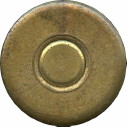

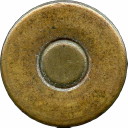

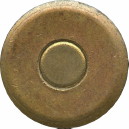

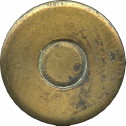

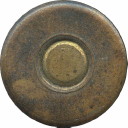

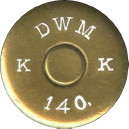

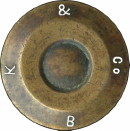

One important change happened in 1879 with the introduction of the “Scherpe Patroon No.2” that had a case length of 52mm and provided improved ballistics over the old version. The result was rifles fitted with a new sight that was the first to be measured in meters (100 – 1,800) replacing the previous sight that was calibrated for distances between 200 and 1,100 feet.

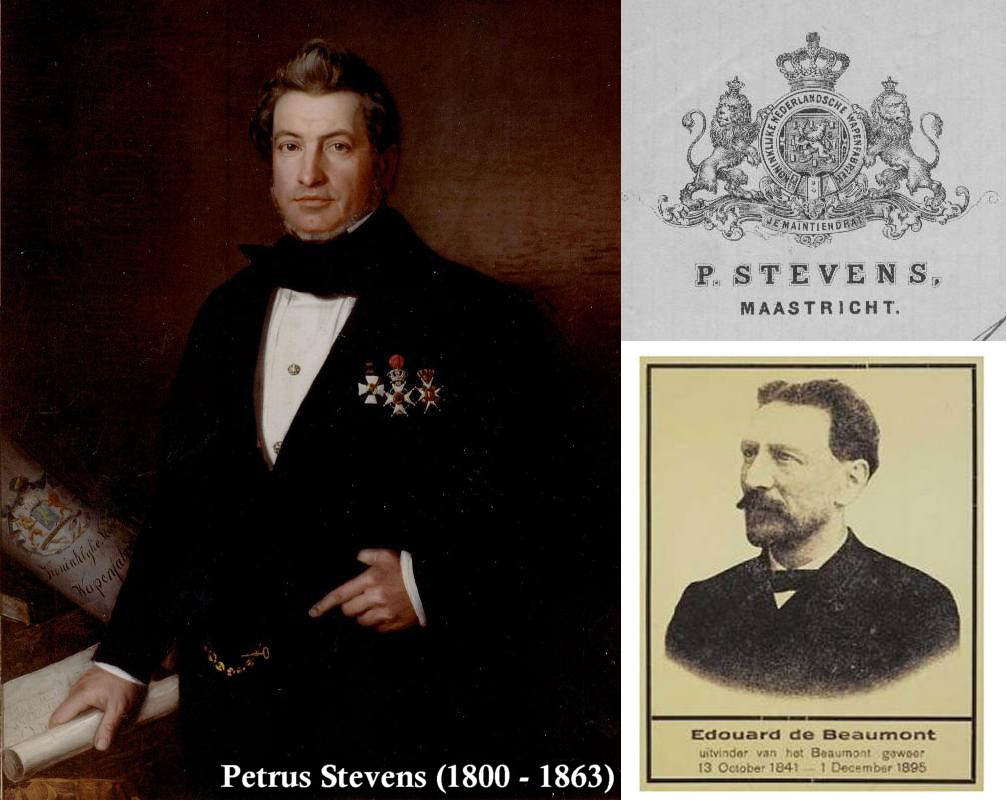
Leger Museum collectie informatie centrum: https://web.archive.org/web/20160304170305/http://collectie.legermuseum.nl/strategion/strategion/i005929.html – from the Dutch translation of the French article “le fusil Beaumont dans larmée Néerlandaise” published in the Gazette des Armes 323 (July 2001), pp.13-18
https://mestreechtersteerke.nl/pagwapensbeaumont.htm
https://www.marres.nl/stevens-fabrieken.htm
http://aero-comlab.stanford.edu/world_history – A Short History of Holland, Belgium and Luxembourg
